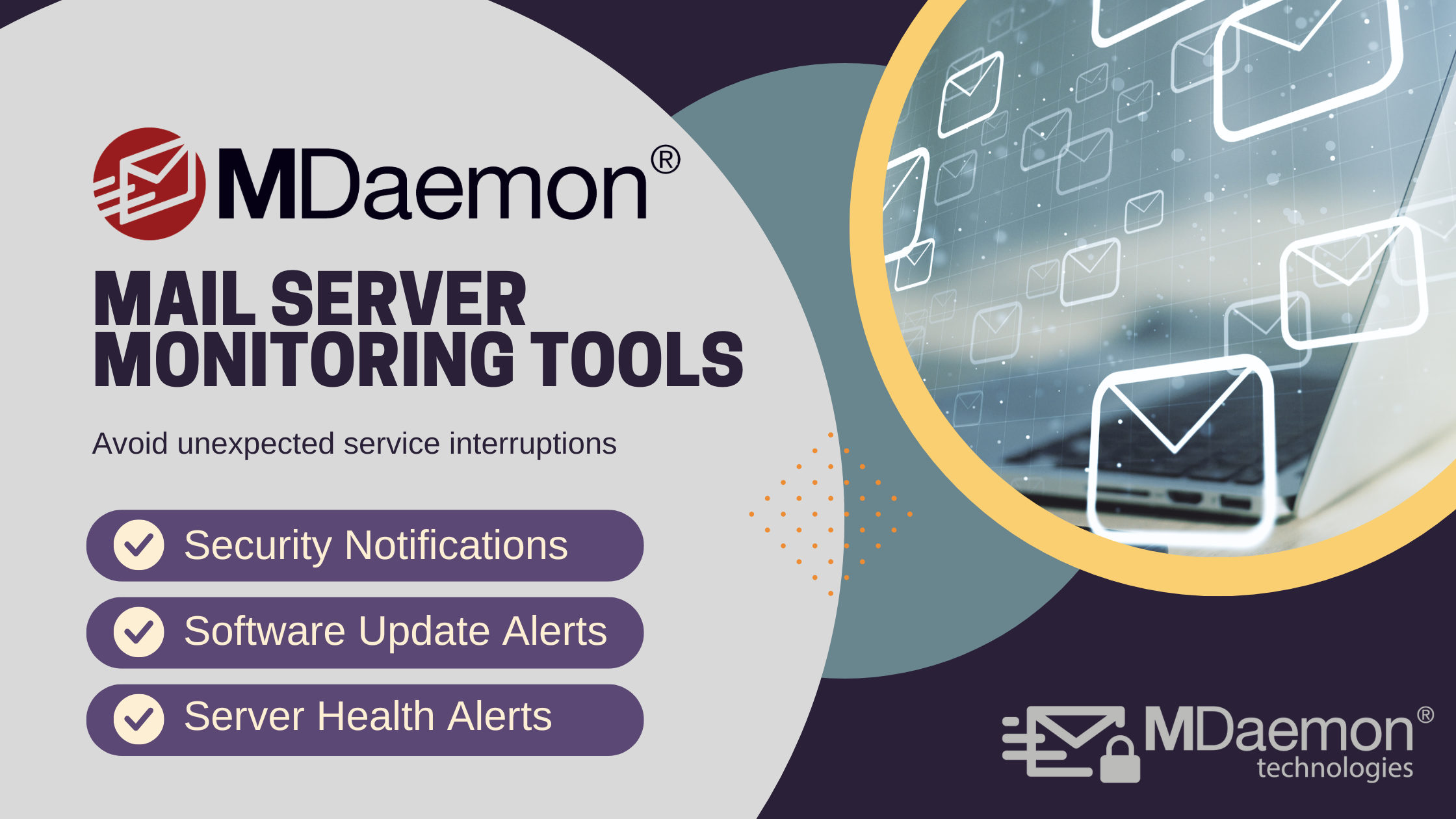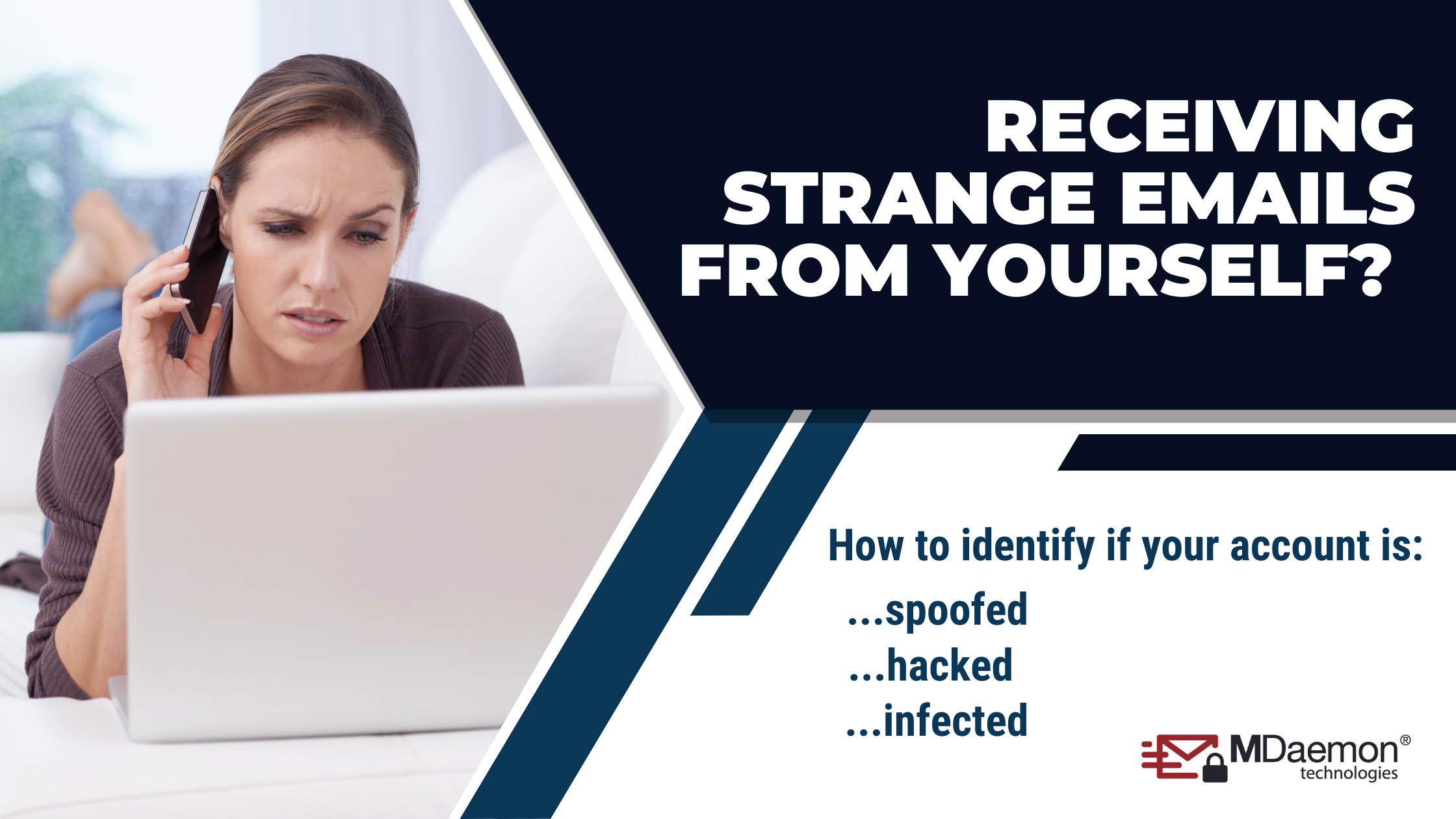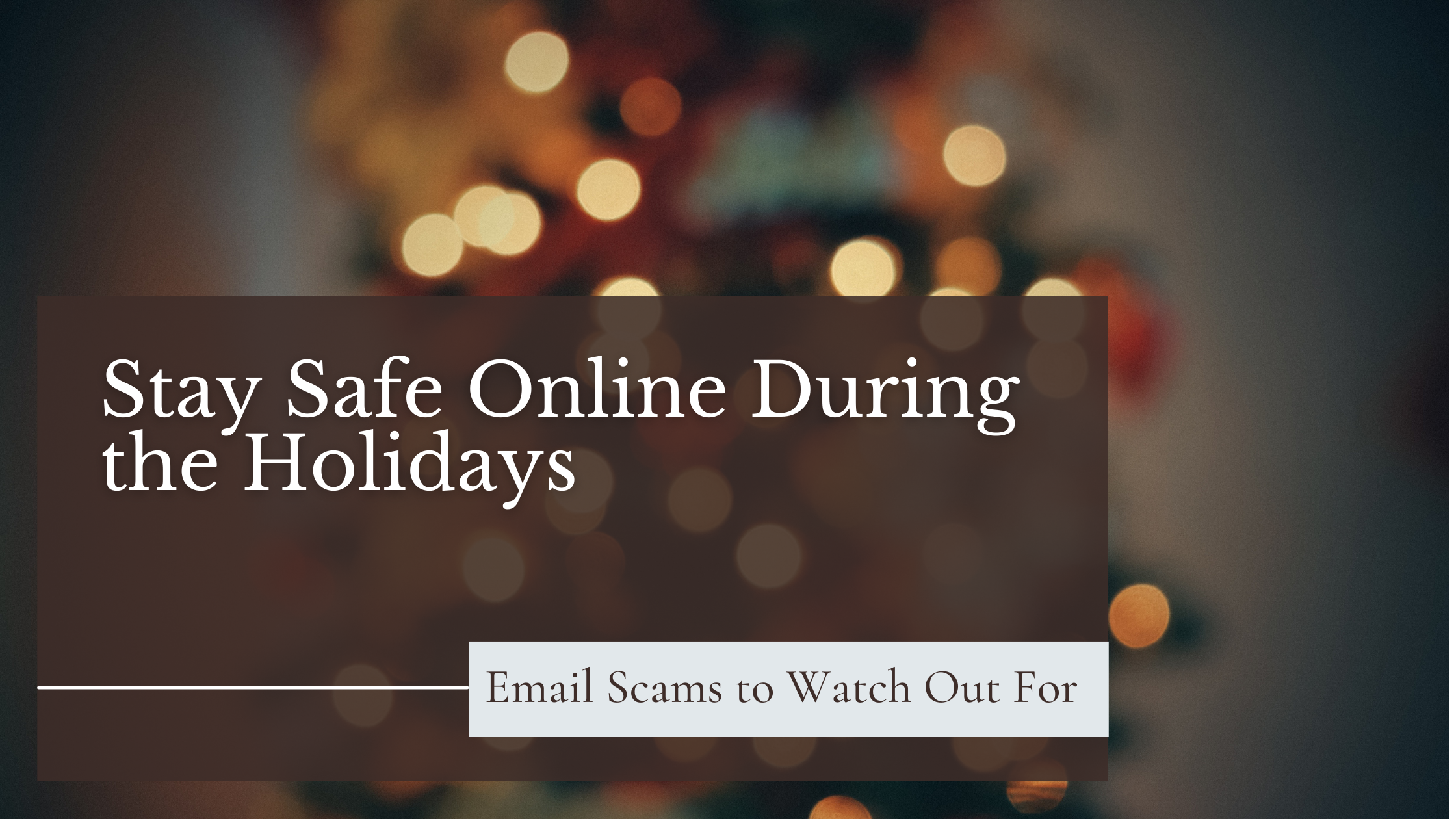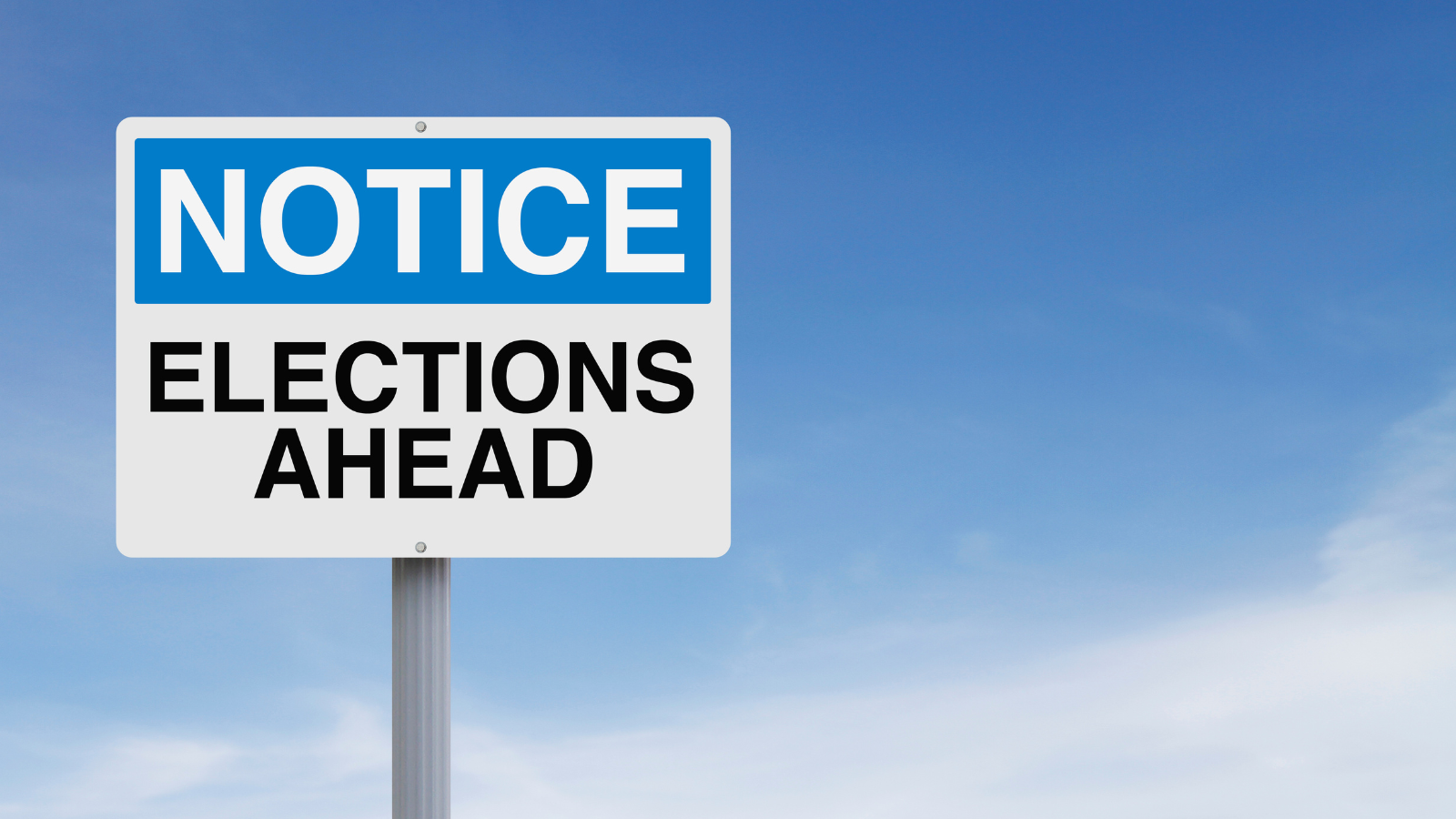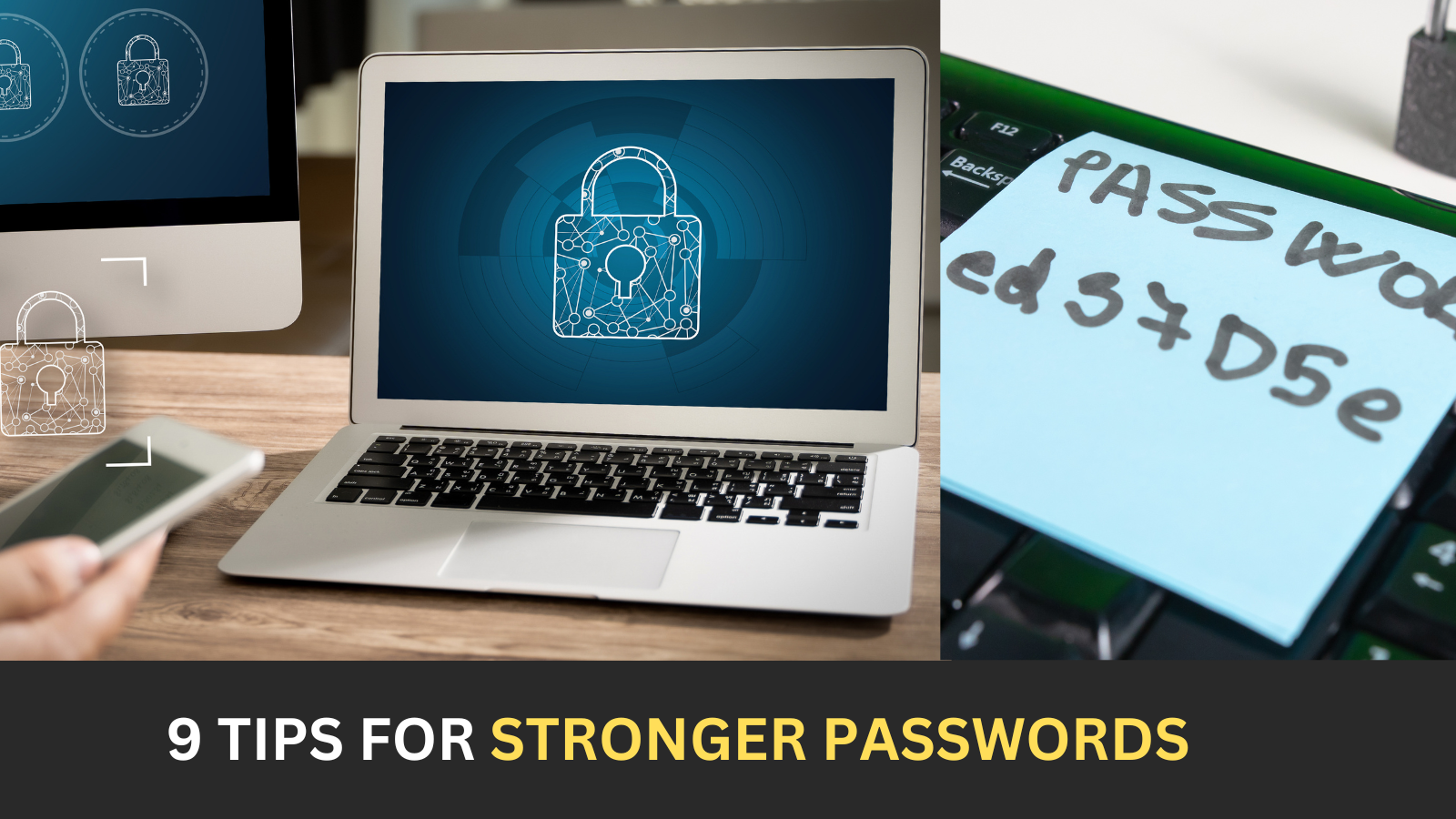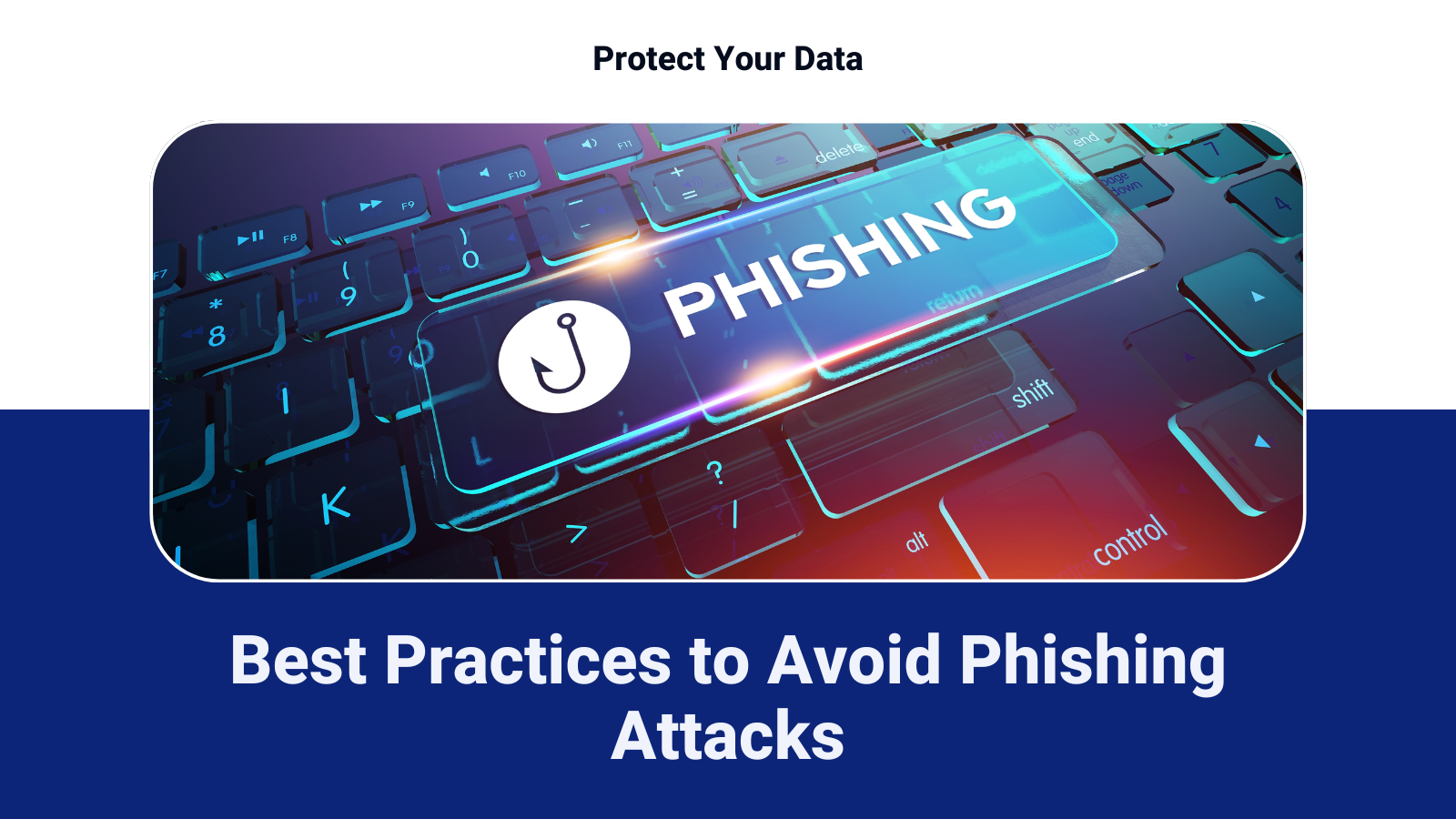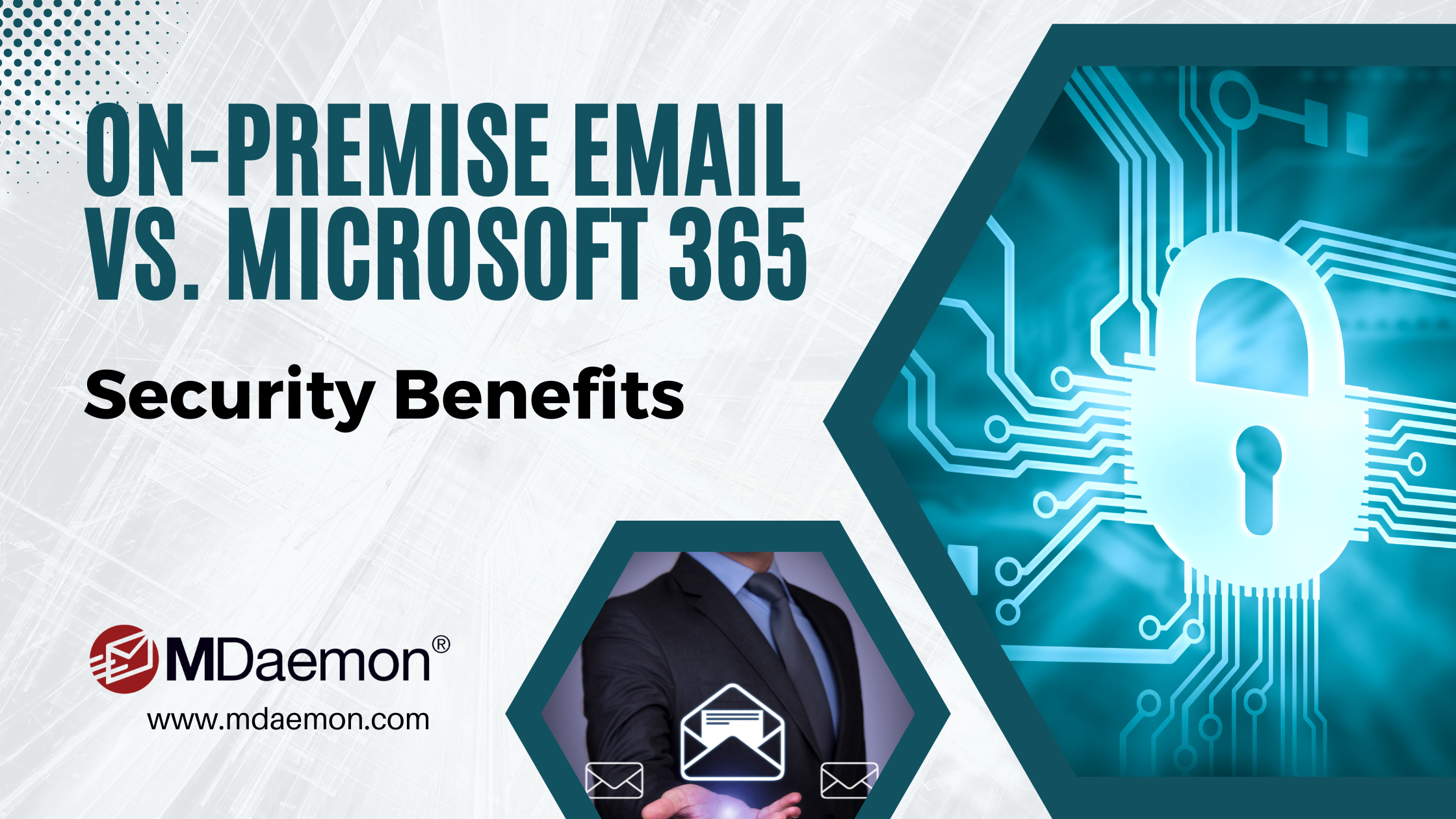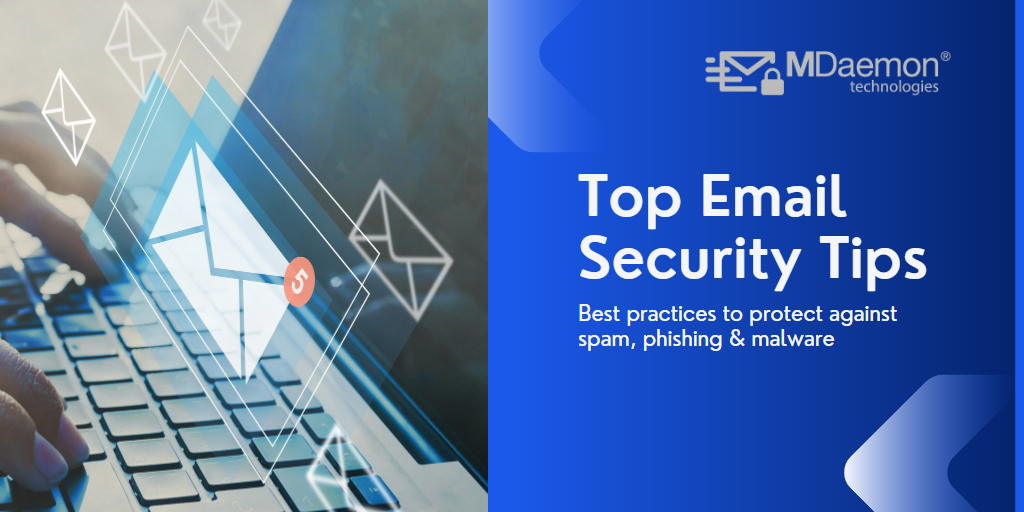Are you spending too much time dealing with email? An out-of-control inbox can lead to email overload and reduced productivity.
Improve Productivity with These Mail Server Monitoring Tools for MDaemon Administrators
By Brad Wyro posted in Email How To, Email Remote Administration, Email Security, Email Server, Email Best Practices
Receiving Strange Emails from Yourself? Here’s What You Need to Know
By Brad Wyro posted in Email Security, Anti-Spoofing, Email Spoofing, Email Security Best Practices, Email Best Practices
It’s alarming to discover that someone is sending emails that appear to come from your email address—especially if you didn’t send them. This situation can make you wonder if your email has been hacked. However, not all suspicious activity means you’ve been compromised. In many cases, your email address may simply be spoofed, not hacked.
Email Scams to Watch Out For During the Holiday Season
By Brad Wyro posted in Cybersecurity, Phishing, Email Security Best Practices, Email Best Practices
The holiday season is a prime time for email scammers to strike. Learn how to identify and protect yourself from fraudulent emails that could ruin your festive spirit.
Watch out for election season phishing and social engineering attacks
By Brad Wyro posted in Email Security, Phishing, Email Security Best Practices, Email Best Practices
The 2024 presidential election is well under way in the United States, and that means cybercriminals are exploiting heightened public interest and uncertainty to launch targeted attacks using phishing and social engineering tactics. Here’s how they typically do it:
Protect Accounts from Hackers: 9 Tips for Stronger Passwords
By Brad Wyro posted in Cybersecurity, Email Security Best Practices, Email Best Practices, Passwords
Passwords have been the primary mechanism for online security for years, but many people continue to use poor habits when creating passwords, and this trend appears to be getting worse as the average online user has to keep track of up to 100 accounts.
Stay One Step Ahead: Anti-Phishing Best Practices for Your Business
By Brad Wyro posted in Email Security, Phishing, Email Security Best Practices, Email Best Practices
Protect your business from phishing attacks with these essential best practices. Stay one step ahead of cybercriminals and safeguard your sensitive data.
Why Choose On-premise Email over Microsoft 365? Six Security Benefits
By Brad Wyro posted in Cloud, Email Security, MDaemon Email Server, Email Best Practices
Having an on-premise mail server has many benefits in the areas of security, control, compliance, customization, and cost. Today, we focus on the security benefits.
Top 9 Email Security Tips to Protect Against Spam, Phishing & Malware
By Brad Wyro posted in Anti-Relay, Attachments, Bayesian Learning, Content Filter, Data Leak Prevention, Email Authentication, DNS-BL, Email How To, Email Security, Macros, Cybersecurity, MDaemon Email Server, Security Gateway for Email, Spear Phishing, Email Spoofing, Anti-Virus, Backscatter, Phishing, Email Best Practices, Passwords
As cyber threats evolve, we face growing email security challenges. Hackers and cyber criminals relentlessly continue to attack businesses as users continue to fall for email scams. That’s why we must continue to be aware of the best practices for securing our email.
Lessons from Data Breaches Improve Work From Home Security
By Brad Wyro posted in Data Leak Prevention, Email Security, Email Encryption, Stop Spam Email, Two-Factor Authentication, Email Best Practices
2020 has been a banner year for cybercriminals. They have stolen billions of dollars and data on billions of individuals by preying on widespread fear and uncertainty brought on by the COVID-19 pandemic.


